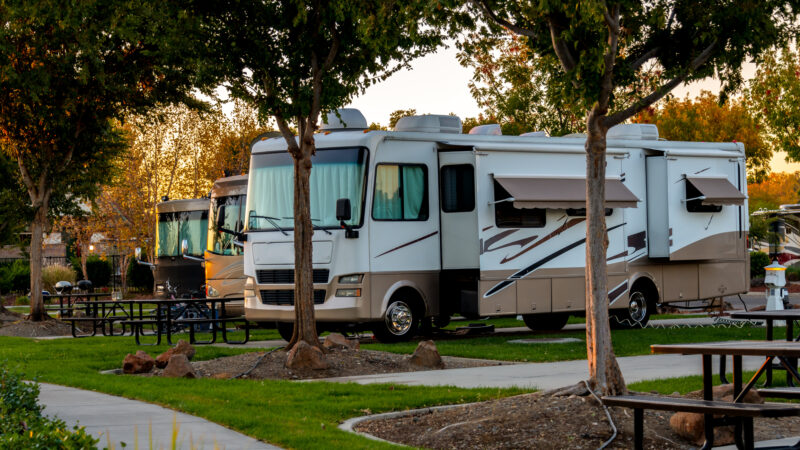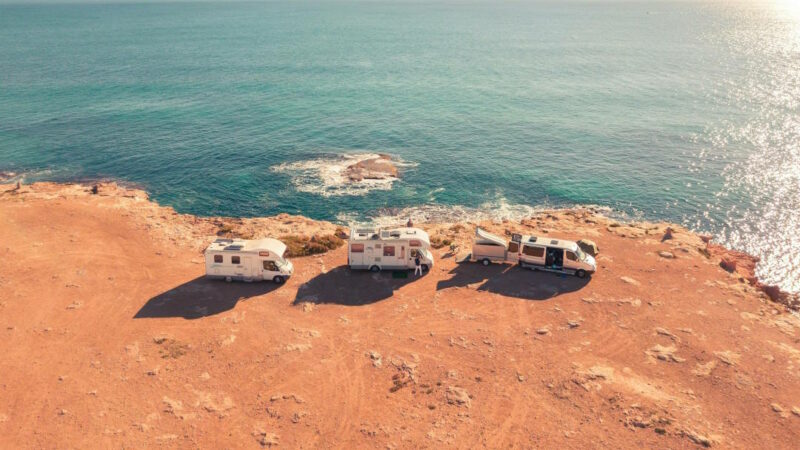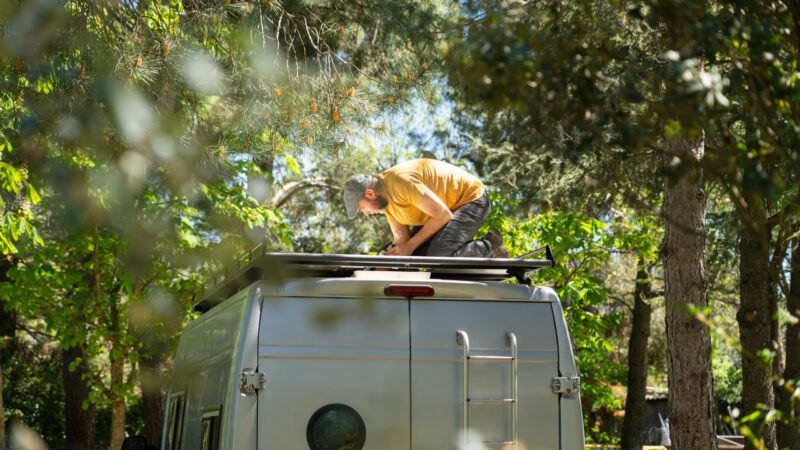Top 10 RV-Friendly Destinations to Add to Your Must-See List

While it is sometimes indeed better to travel than to arrive—especially when traveling by RV—often the destinations can leave you awestruck and provide the trip of a lifetime. There are countless places to visit across the Americas from the comfort of your RV, so narrowing down the best RV road trip routes can be challenging. But there are many destinations that are absolute must-sees.
While we would love to list (and visit!) all of the destinations, narrowing it down is vital when RVing across North America for several reasons, including:
- Time management—RV trips take time both for traveling to the destination and giving yourself plenty of time to explore the astounding beauty and truly experience all each location has to offer.
- Resource planning to better manage fuel, water, supplies, and other resources efficiently.
- Quality over quantity to allow yourself to be fully immersed in each destination.
- Flexibility, so if you want to stay at one location longer to enjoy unexpected finds, you can.
- Budgeting to manage travel expenses without overspending.
These considerations allow you to manage your adventure as you navigate the best RV road trip routes so you have the most positive experience possible.
Determining the Best RV Road Trip Route for You
Depending on where you are starting, your budget, and the best roads and campgrounds for your type of RV can determine the best RV road trip for you. For example, if you’re looking to visit more affordable locations, you may want to consider:
- Route 66, which offers a variety of RV parks and campgrounds, including many that are more affordable. The costs of the attractions along this best RV road trip route are also generally moderate.
- The Oregon Coast is also very budget-friendly, with numerous camping options with access to the coast. Many of the natural attractions are also either free or low-cost.
- Glacier National Park, Montana, offers affordable campground fees and acres of free outdoor recreation areas for your adventurous spirit.
- Joshua Tree National Park, California, offers a relatively low entrance fee and camping rates.
- Lake Tahoe, California/Nevada, offers affordable camping options as long as you avoid peak seasons (especially winter skiing).
If, on the other hand, your budget is not a big concern, you may find some of the more luxurious options inviting.
- Aspen, Colorado, for example, is well known for its luxury ski resorts and upscale amenities, but it does come with a cost.
- The Florida Keys are in high demand, and because of the high cost of living in the area, supplies, camping fees, and restaurants tend to be pricier.
- Banff National Park is another very popular tourist destination, and because of the demand, campground fees tend to be high, especially in peak summer months.
- Yosemite National Park is another popular destination. The high demand for campsites and the cost of permits can lead to higher prices, especially during the summer.
- Cape Cod, Massachusetts, also has higher campground fees and general expenses during the summer season.
Mid-Range Destinations include:
- Yellowstone National Park
- Grand Canyon National Park
- Pacific Coast Highway, California
- The Blue Ridge Parkway
- And the Canadian Rockies
Remember, costs can vary widely depending on the exact location, amenities, time of year, and type of RV park or campground you choose.
To save costs, you may want to travel during the off-season, stay at less popular locations (which are still gorgeous), and park your rig in campgrounds that offer just the basic amenities. This could allow you to choose when to splurge on areas that provide unique experiences or unusual opportunities.
The Best RV Road Trip Route for Your Rig
Another important consideration is the type of RV you have. For example, larger rigs may be limited due to the size of the road, the availability (or lack thereof) of RV-friendly campsites, and the overall infrastructure.
For larger rigs, you may want to choose routes through:
- Route 66, due to its RV-friendly roads
- The Florida Keys, which have numerous RV parks for larger RVs (though it’s important to book in advance due to the high demand)
- Canadian Rockies, which offer well-equipped and spacious campgrounds and roads for larger RVs
- The Blue Ridge Parkway, as the campgrounds and access roads are typically suitable for larger RVS. Do, however, note that the parkway itself has some restrictions.
- The Trans-Canadian Highway offers good road conditions and a range of RV parks to accommodate larger rigs.
More challenging routes for larger rigs include:
- Yellowstone National Park, as the park’s roads have size restrictions, and there tends to be a lot of traffic. So, you may need to park your RV at one of the campgrounds that can accommodate larger RVs and find another way to experience the park. For instance, you may consider a toad (towed vehicle) with your large RV to explore the park more easily.
- Grand Canyon National Park offers limited parking spots for larger rigs, and the roads can be challenging for larger vehicles.
- Pacific Coast Highway does offer RV-friendly spots, but some of the stretches of road can be challenging to maneuver for large vehicles.
- Zion National Park’s roads and campgrounds are less accessible to bigger rigs.
- Rocky Mountain National Park has curvy mountainous roads that can be challenging.
Other routes that are especially challenging for big RVs include Big Sur, due to its narrow, winding roads; Acadia National Park, due to size restrictions; Joshua Tree National Park, again due to size limitations and challenging desert roads; and The Oregon Coast, which has tight coastal roads and campgrounds.
No matter how big or small your rig is, remember to plan and book in advance, especially in the busy seasons. Also, check the road conditions and vehicle restrictions, particularly when heading into remote or more mountainous areas.
Know your vehicle and what type of roads it (and you) can handle. Practice maneuvering in tighter spaces, so you have the skills needed to successfully navigate more challenging roads. Finally, use RV-specific GPS and apps that can warn you of roads, bridges, and grades unsuitable for larger vehicles.
The Best RV Road Trip Routes
With all of that in mind, one of the best RV road trip routes to take you through Northern America starts in Yellowstone National Park, travels north to Glacier National Park, heads into Canada to experience the majestic mountains of Banff National Park, and continues through the Canadian Rockies.
You’ll then travel back into the U.S. toward Lake Tahoe for stunning scenery and lots of recreation before veering toward Yosemite National Park to see its iconic cliffs and giant sequoias.
While in California, you don’t want to miss the Pacific Coast Highway for a scenic coastal drive with spectacular ocean views, finishing the drive in Big Sur. Finally, move inland to Utah to explore the red cliffs and miles of hiking trails in Zion National Park before concluding the best RV road trip route in Grand Canyon National Park for a fitting finale.
This route offers a diverse mix of mountainous landscapes, coastal drives, and iconic National Parks to provide an RV trip of a lifetime!







